Espeland
In the summer of 1940, the German Security Police (SIPO) established the Polizeihäftlingslager Ulven in a small former Norwegian military facility in the municipality of Os, southwestern Norway. But in 1942, the German Wehrmacht wanted to take over Ulven, which meant that SIPO had to find another place. SIPO found a desolate area called Espeland, about ten kilometres east of Bergen, suitable to build a new Polizeihäftlingslager. Due to Espeland’s desolate location a road had to be built where the camp itself was to be built. In June and July 1942, between 50 – 100 Yugoslav prisoners of war were working on the construction of the road, and only then could the construction of the camp itself begin. The first barrack was completed in January 1943 and same month the first prisoners were transferred from Ulven to Espeland.
As Espeland expanded, more prisoners were transferred from Ulven, which in December 1943 was completely discontinued as Polizeihäftlingslager and handed over to Wehrmacht. During the next two years Espeland kept being expanded. In 1943, the camp guards lived in the same camp as the prisoners, but in 1944 a separate sentinel camp with four barracks was built next to the prison camp. When the last barracks had been completed in October 1944, the prison camp consisted of a total of eight barracks, three prisoner barracks, two penal barracks, a kitchen, a laundry/toilet barracks and a stable/chickenhouse. Everything was surrounded by a barbed wire fence with a watchtower in each corner. The guards were housed in four barracks.
About 200 meters from Espeland, the Germans in late 1943 began to build a camp for Soviet prisoners of war. But neither Soviet prisoners of war nor other prisoners ended up in the camp because it was never completed before the war ended. Compared to other similar camps, conditions in Espeland were good, especially with those in Germany and Eastern Europe. The guards came from the police and not from the SS and were much milder in their treatment of the prisoners and the work was not so harsh. Some guards even conveyed contacts between prisoners and outsiders.
In total, there were about 2,000 prisoners in the camp between January 1943 and May 1945, about a hundred of them were women. Most prisoners came from the region and some were sent on to Grini. No prisoners on Espeland were sentenced to death, nor were there any executions on Espeland or near the camp. The camp was liberated completely intact and after the war it was used to imprison Norwegian collaborators and German war criminals. In 1952, the camp was taken over by the Norwegian civil defence, which remained until the mid-nineties when the camp (or buildings) were put up for sale.
Current status: Preserved with museum (2011).
Address: Moldamyrane, 5267 Arna, Bergen.
Get there: Car.
Follow up in books: Kogon, Eugen: The Theory and Practice of Hell: The German Concentration Camps and the System Behind Them (2006).
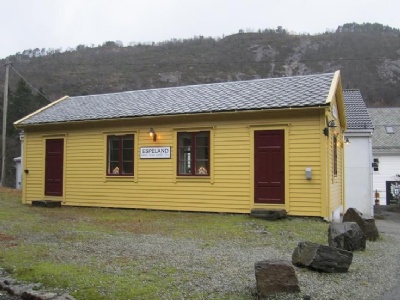
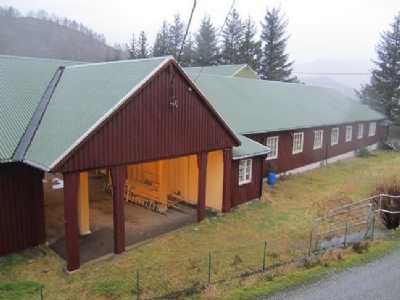
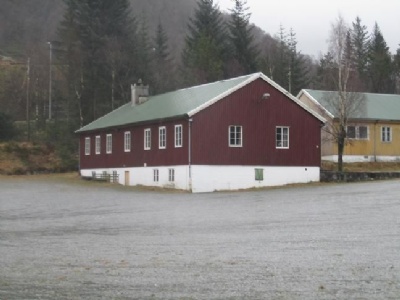
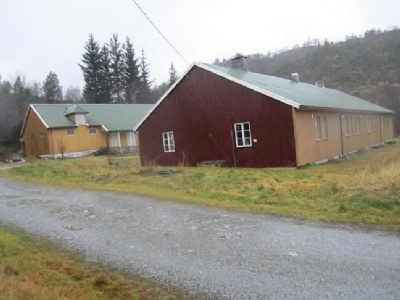
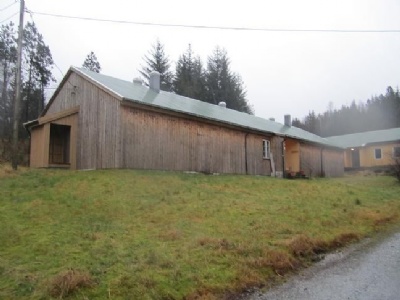
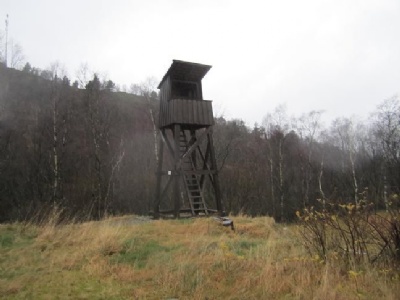
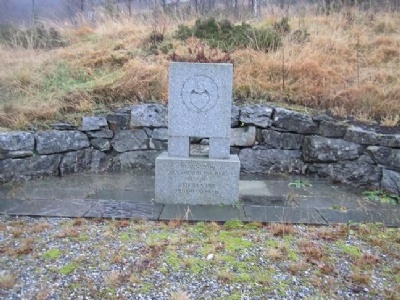

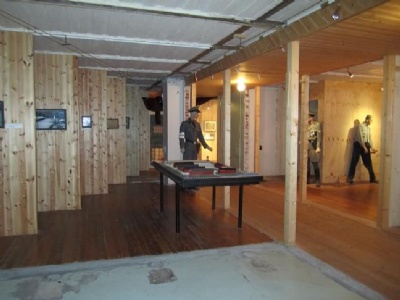
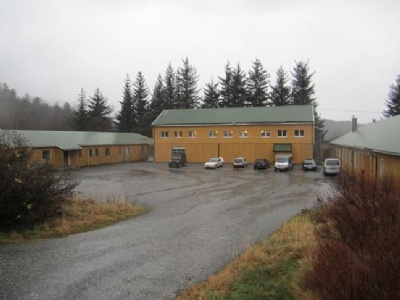
All the barracks, except two, still exist, they have of course undergone some external and internal changes but can still be considered authentic. That makes Espeland one of the best preserved camps built by the germans during the war, in all Europe. However, the Russian camp was demolished a few years after the war. Espeland was never sold but was taken over in 2000 by the Foundation Espeland and there is today a small exhibition in the former mens penal barracks. There have some prison cells been reconstructed. Other barracks are used today as storages. The idea from the foundation is that other barracks will also be included in a future museum. However, everything is an economic issue, but hopefully a first stage of the camp can be opened as early as 2012. In 2011, it was only possible to visit the exhibition by contacting the foundation in advance.